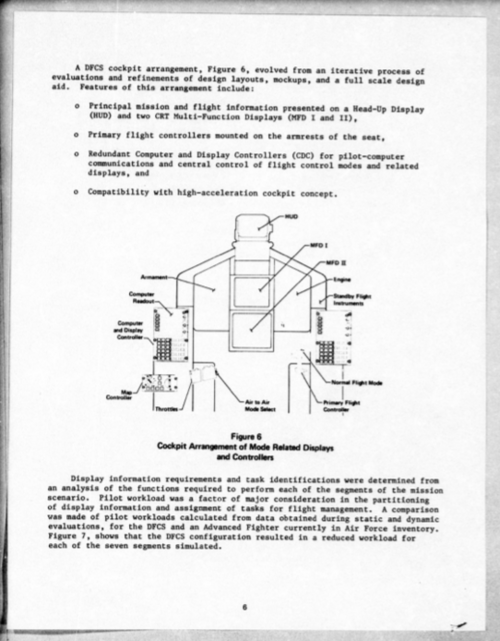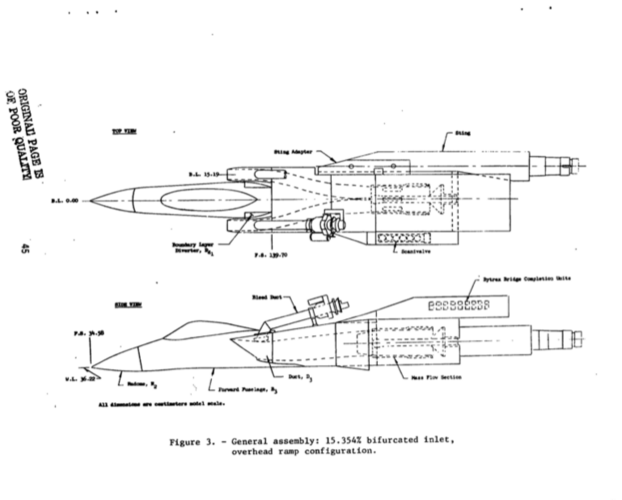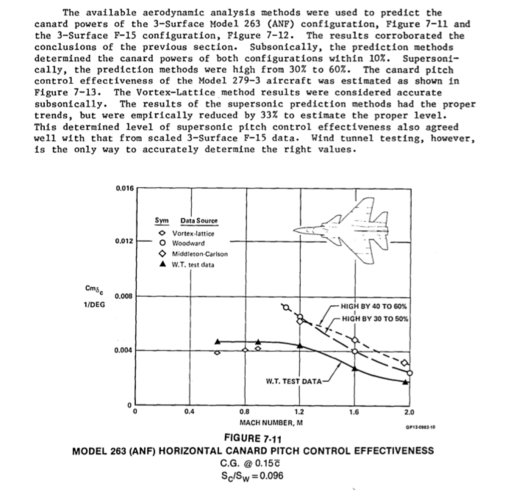VFAX Studies Focused on Late 1975 Pick
By Clarence A. Robinson, Jr.
Washington—Navy expects to select a single contractor and begin engineering development of its VFAX strike fighter by September, 1975. The aircraft is being designed to provide a lower-cost fighter to supplement the Grumman F-14A, and to provide attack capability, too.
The Navy also would like to have an aircraft that can later be developed into a vertical takeoff fighter for use on board the sea control ship and other vessels smaller than a standard aircraft carrier.
Future of the multi-mission VFAX depends now on a Senate-House conference on the Fiscal 1975 Defense appropriations bill, scheduled after the present congressional recess ends Sept. 11. The House earlier eliminated the Navy’s $34-million request for initial VFAX development. The Senate Appropriations Committee kept the funding in the bill but reduced it to $20 million. The Senate committee also is asking for a report detailing advantages and disadvantages of a joint USAF/Navy program (AW&ST Aug. 26, p. 19).
With congressional funding approval and Pentagon development authorization, the Navy expects to issue requests for contract definition studies in September. Industry responses are anticipated by November for evaluation. This will be followed shortly by issuance of a request for engineering proposals. Three to six companies may be funded for this work.
In June, the Navy issued to industry a pre-solicitation notice for VFAX development, asking for unfunded company assistance in developing a conventional take-off and landing aircraft designed to replace Navy and Marine Corps McDonnell Douglas F-4s, and eventually, LTV Aerospace Corp. A-7s. In what Pentagon officials call a “common sense approach,” the Navy offered industry a chance to review its operational requirements and add to technical data with the goal of a realistic design-to-cost VFAX development.
Seven major aerospace companies responded to the Navy’s request by July 15. All agreed a strike fighter designed within Navy operational and monetary constraints is feasible. The service asked the companies to base designs on a procurement of 400 aircraft at a production baseline rate of six aircraft per month. The unit flyaway cost is not to exceed $6 million in constant 1975 dollars.
The firms that responded to the presolicitation notice offered more than a single aircraft in their early conceptual designs, in which they attempted to balance cost and performance tradeoffs.
Companies responding are:
- General Dynamics, with separate designs from both the Convair and Ft. Worth divisions.
- Grumman Aerospace Corp.
- LTV Aerospace Corp.
- Rockwell International.
- Northrop Corp.
- McDonnell Douglas Corp.
The Navy identified for industry what it considers the more important characteristics in a VFAX aircraft - performance capability, survivability, and maintainability and reliability. The VFAX is intended by the service to be a state-of-the-art aircraft that will remain in the inventory for the next 20 years. Minimum accuracy the Navy wants in weapons delivery is at least that now available from the A-7 weapons control system. The service believes the attack capability in the VFAX can be accomplished by a single pilot using avionics and digital processing systems now available for improved accuracy when combined with a new family of precision-guided
weapons.
But the Navy is not limited to a single-place aircraft, and that is one of the areas studied by industry in tradeoffs.
The accuracy desired for the attack mission is at least 10 miles for ordnance delivery. This has been demonstrated in combat by the A-7. The VFAX aircraft, if a single-seat version is selected, also would be produced in a two-seat version for training and special missions. Responding companies believe it would be more economical to develop
a single-seat baseline aircraft, then stretch it to have a two-seat version even if a sacrifice in range and payload is necessary, than to develop only a two-seat version. Commonality in flying quality and handling characteristics of both single- and two-seat versions would be a design requirement.
The aircraft, as envisioned by the Navy based on the industry feasibility studies, would weigh 28,000-30,000 lb. Acceleration is a factor that would determine both the selected engine and aerodynamic design. The maximum speed required would be in the Mach 1.6 region, but acceleration is more important, the studies show. Low carrier landing speed and structural strength for carrier operations are key design points also.
To add flexibility to the VFAX design, the Navy provided a range of values instead of single values for the aircraft design. Relative importance of the characteristics was weighted from high to low in the pre-solicitation. In rating values, the Navy told industry that survivability, maintainability/reliability and cost will control the VFAX design in nearly equal weight to performance capability. Designs are limited to the cost constraints, and industry may not go above them to provide other desired values in the aircraft.
Cost versus system characteristics were accomplished in tradeoff analysis, and the conceptual designs ranged $4.5-6 million.
Major tradeoff's included:
- One or two-crew aircraft.
- One or two engines.
- Baseline configuration adaptable to a follow-on V/STOL derivative versus only a conventional aircraft.
- Weapons systems capability and associated costs for using precision-guided weapons.
- Maximum versus minimum ordnance load.
- Management techniques in areas of design reliability, cost and life-cycle costing.
The Navy emphasized to industry that performance characteristics the service believes it requires in the VFAX need not dampen innovation. In addition to providing VFAX information to airframe manufacturers, the Navy provided its design objectives to engine manufacturers.
Engines included for VFAX use in the aircraft concepts are:
- General Electric F101-GE-F100 used in the USAF/Rockwell International B-1 bomber.
- General Electric YJ 101-GE-100 used in the Northrop YF-17 lightweight fighter prototype.
- Pratt & Whitney F401-PW-400 used in the Grumman F-14B and Rockwell International XFV-12A V/STOL aircraft. The F401 shares common components with the F100-PW-100 engine in the USAF/McDonnell Douglas F-15
Most of the concepts envisioned by the seven companies show the aircraft with the F401 engine. That propulsion system has run into problems in the Senate, and the $27.5 million requested for Fiscal 1975 has been deleted. But the Senate Appropriations Committee has said it does not intend to terminate development of the engine and will support funding when the Navy better justifies its request for development.
Most company V/STOL variants of the VFAX will be based on a lift-lift/cruise design and be dependent on later development of a satisfactory lift engine. The Navy has not evaluated the cost or performance of the V/STOL VFAX. That will be done later in development. Rockwell International is proposing thrust-augmented-wing technology.
In asking industry’s help in the VFAX tradeoffs, the Navy asked that responses not exceed 100 written pages,
with an additional 25 pages devoted to V/STOL derivatives. The Navy made it plain to industry that the companies participating in the pre-solicitation would not receive an advantage and that further participation in the contract definition phase would not be limited to those doing the initial tradeoff studies.
The Navy’s goal in developing a lower cost aircraft to supplement the F-14 is to reduce the number of aircraft types now in the inventory. The VFAX, and possibly later the V/STOL VFAX, could replace the A-4s and the Hawker Siddeley AV-8 Harriers in the inventory, as well as other attack aircraft, thus substituting a single aircraft for a variety of types. Emphasis has been placed on an aircraft development program designed to avoid false starts that are expensive and embarrassing, a Defense official said. “Since it appears that Congress just will not fund for the capability embodied in the F -14A, it becomes practical to develop an aircraft that can augment it and do other missions as well. Developments in modern-day tactical aircraft have brought us to a point where that is now feasible,” he said. He pointed out that, if the F-14A were produced in large quantities at the six-per-month production rate originally set, costs would have been low enough to justify its use instead of a new strike fighter. “But it [VFAX] could also do the attack role which makes it highly competitive.”
If it gets the 334 F-14As planned and perhaps another 50-100 it is asking for, the Navy may have enough two-place aircraft to perform the fighter mission in fleet air defense when augmented by the VFAX.
The House Appropriations Committee, in cutting VFAX money from the budget, criticized the Navy for not developing a common lightweight fighter that could meet Navy and USAF needs and offer export potential envisioned in the General Dynamics YF-16 or Northrop YF-17. Both companies responded to the Navy’s pre-solicitation notice on VFAX with slightly larger designs resembling the lightweight fighters.
Both the Navy and USAF have been working toward commonality in tactical aircraft systems and components. Benefits from increased component production rates and logistical support will result if the VFAX selected is common with the lightweight fighter USAF will select, the Pentagon believes. Navy officials admit that USAF could suffer penalties because of Navy requirements built into aircraft designs but cite the Navy F-4 and A-7 designs as examples where this has been overcome. The VFAX aircraft will have a gun system, and the Navy believes that a 20mm. size is optimum for both the fighter and attack roles.
McDonnell Douglas entry in the Navy VFAX competition has canard surfaces above the engine air inlets. Note 20-mm. gun fairing on side of right air intake, Sparrow missiles submerged in the fuselage and pylon-mounted Sidewinders.
Northrop P-630 proposal for the Navy’s VFAX fighter/attack aircraft competition is based on the USAF YF-17 lightweight fighter design, but with a lengthened fuselage and a larger diameter nose. capable of carrying up to a 28-in. radar dish.
General Dynamics Ft. Worth Div. submitted a design based on a stretched version of USAF’s YF-16 lightweight fighter competitor. Wing area has increased. Note wingtip-mounted Sparrow missiles and Sidewinders carried under the fuselage.
Rockwell International proposal for the VFAX program resembles its VTOL XFV-12A design, now under development. Note four tail-mounted Sidewinder air-to-air missiles and fuselage mounted Sparrows. First development version of the XFV-12A, which will not have the vertical lift system installed, will approximate this aircraft.
General Dynamics Convair Div. Model 218 is based on that organization's VTOL fighter, now being designed under Navy contract. Armament shown is a Sidewinder/Sparrow mix.



